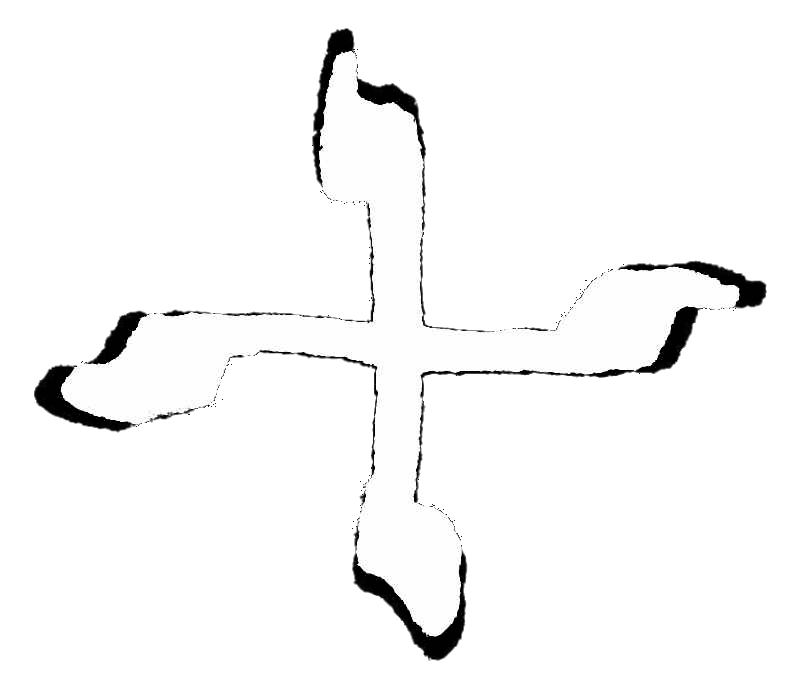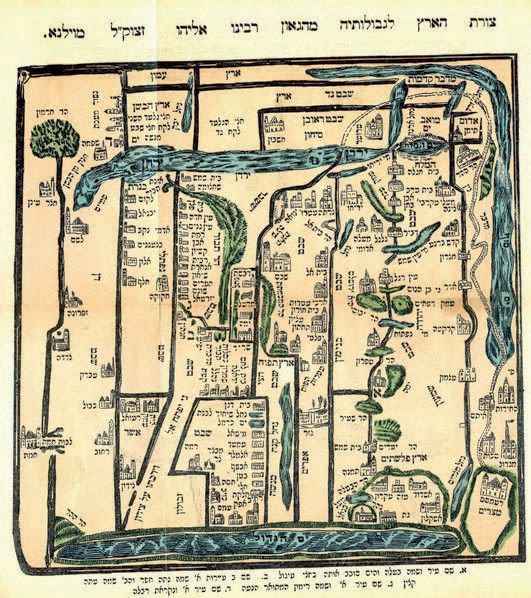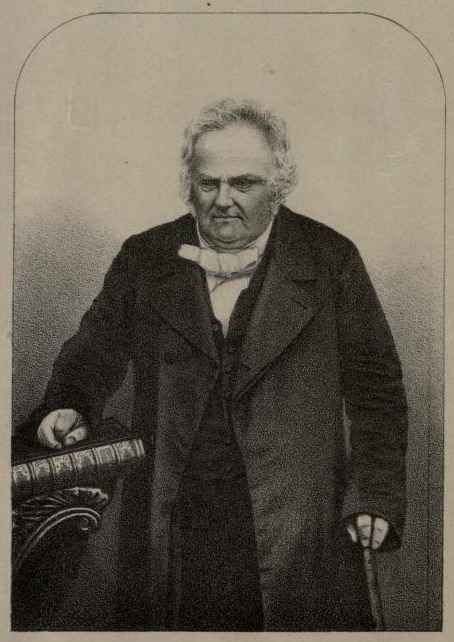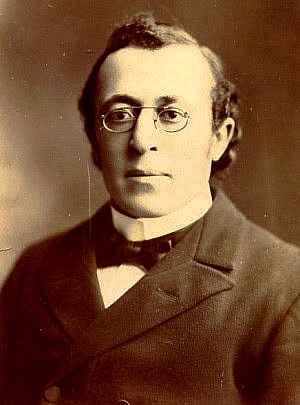

| [homepage] — [blogposts] — [contact-info] |
Feb. 6th, 2025: Evangelical Jewish Bloodlines —————————————————— —— ☩ —— 
(A Biblical map of the Holy Land, Background. This story begins in the country of Lithuania. The Gaon Elia of Wilna—the renowned scholar of the Hebrew Bible & all rabbinic knowledge (&, a highly secretive crypto-Christian)—had established a small group of pious, mystical disciples. They were named: the “Perushites” (Hebrew for “Hermits”), for their life-styles’ great austerity—involving frequent fasts, minimal amounts of sleep, & intense Lectio Divina schedules. From among the Perushites, one did stand-out—that was the Gaon Mendel, who was a favorite of old Elia (through whose guidance, was Mendel initiated into many of the highest mysteries implicated within the Hebrew Bible, the Talmud, the Midrash & the Sohar). Gaon Elia’s biggest wish, through-out his life, was to make a pilgrimage to the Holy Land—then under Ottoman rule. After Elia’s death, the Perushites (headed by the Gaon Mendel) relocated to the Holy Land, as their patriarch wished. A group of Perushites did settle in Jerusalem, & the Gaon Mendel was among them, becoming their spiritual, & political, leader.
Joseph Wolff & Gaon Mendel. During that period, the Anglican Mission—headed by Jewish converso, Rab Michael Alexander—made big efforts to bring upon the conversion of the Jewish community in Jerusalem, and the establishment of a “Hebrew Church” in the Holy City. Among the Missionaries active in Jerusalem, back then, was another converso named Joseph Wolff. 
Rev. Joseph Wolff Joseph Wolff was a member of the Wolf family, a rabbinic royal lineage ramifying from the Spira bloodline (whose patriarch is the Holy Megallee Amukkott, Rab Nathan Spira). He was, in fact—as he did present himself in his memoirs—a direct descendant of Rab Jonathan Eibbenschütz (for a discussion of Rab Eibbenschütz’s peculiar Jewish-Protestant syncretism, see here). The Wolff family upheld a Cabalistic crypto-Christian tradition, that Joseph inherited & professed. Upon his arrival in Jerusalem, Wolff got invited by the Gaon Mendel for a friendly discussion, and polemicising, about the Holy Scriptures. Wolff describes, in his journals, some of Mendel’s teachings concerning eschatology and Christology. The appearance is, that Rab Mendel was somewhat reluctant to be accepting Wolff’s Christian account of Jesus’ biography & divinity. Wolff had the impression that the Gaon Mendel wanted to convert him back to Judaism. It is evident that, nevertheless, the Gaon Mendel experienced a change of heart after his encounters with Rev. Wolff. His magnum opus, Raza Di-miehemanutta (“Mystery of Faith”), which was authored after all that, presents a much more “ambivalent” (to say the very least) attitude to Jesus and all that’s implicated in his type. In that book, Rab Mendel presents the names that the Jews attibute to Jesus—such as “Mamzer”, “Jeshu”, as well as the Biblical type of Esau—as containing holy aspects occulted in their being. For example, he equates Mamzer (ממזר, which means “Bastard”) with the Biblical Chaldee word Z’ier (זעיר, which—like Mamzer—amounts to 287, in Gematria), which means “Little” or “Humble”, & implicates a righteous nature (see Jalkutt Shim’onie on Gen. 1:16, “The Righteous are named: Little”). It is also possible that the code-word מרום, which the Rab Mendel recurrently mentions, implicitly means מומר (“the Converso”), to which it permutes. Then it would be founded that Gaon Mendel, following his experience with Wolff, had designated a Messianic function for the Hebrew Christian converts.
Mendel’s Evangelical Bloodline. After Gaon Mendel’s death, his son, Naaté, became the chief of the Perushites. In the 1834 revolt, Druze pogromists had tortured Naaté to death, gouging his eyes out (so much for “we wuz Jethro”, ha?). What’s relevant, is that Rab Naaté’s grandson—named Sabeti Benjamin Rohold—who was born in Jerusalem and enjoyed an elaborate rabbinic education, did convert to Christianity, upon young adulthood. 
S. B. Rohold Sabeti’s conversion to Christianity—and his becoming a co-founder of the Hebrew Christian Movement (which later did develop into what we now know as “Messianic Judaism”), indicate that there has remained an Esoteric Christian spark in the Perushite aristocracy. Sabeti, an Old Jishuw royalty, was a Zionist advocate in the British Commonwealth. His discussion of the Zionist vision bears much resemblance to old Perushite rhetoric about that “gathering of the Flock of Israel”, opening a mystical door through the settlement of Jews in Ottoman Palestine. There is even a unique emphasis that he makes, which must be treated through esoteric lenses—in his “The War & The Jew”, he writes: ‘When will the Sun begin to shine upon Israel? Like the First Israelite, it was not till after he was wounded that he recognized the Person with whom he was wrestling. It was then that he “called the name of the place Penuel: For I’ve seen God face-to-face, & my life was preserved”. It was after this awakening of the Patriarch, & recognition of the Person, which resulted in reconciliation, that peace came. It was then that “The sun rose upon him”.’ The emphasis on Jacob’s wounded “Thigh-Hollow” (Gen. 32) is also made by the Gaon Mendel—who has founded a number of Gematrias concerning that כף ירך יעקב (“The Hollow of Jacob’s Thigh”, Gen. 32:25), which amounts to the value of 512. This is a number which equals (for that particular matter) the value of עין שין ויו (‘Aein Shinn Waw, the out-spelling of the 3 letters in Esau’s name). The Person with which Jacob was wrestling was—according to Talmudic lore—the Guardian Angel of Esau (or, most simply, the type of Esau). This is why Jacob saw God “Face to Face” (ibid., 32:30)—that’s a reference to the “Face” of Esau, which is esoterically the disclosed Face of God (ibid., 33:10). It is by the Recognition, & Reconciliation, with Esau, that Jacob may be Out, in the Sun’s light. |